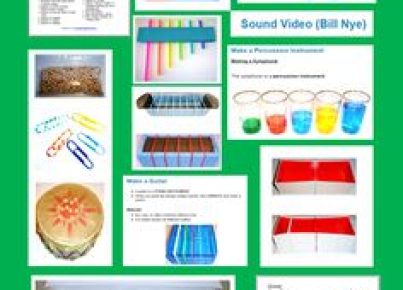The human body is a fascinating and complex subject that offers an abundance of teaching opportunities across various educational levels and disciplines. From the microscopic building blocks of life to the intricate systems that keep us functioning, studying the human body not only provides insight into our own biology but also teaches us about the interconnectedness of life.
Teaching resources for the human body are diverse, incorporating interactive activities, detailed anatomical models, innovative digital apps, and comprehensive curricula that cater to different learning styles and preferences. These resources have been meticulously developed to engage students, support educators, and demystify the wonders of human anatomy and physiology.
One of the most popular teaching tools is the use of anatomical models. Life-sized skeletons and organs provide hands-on learning opportunities and allow students to visualize and understand the spatial relationships between different structures. For younger learners, soft plush models of organs with accompanying storybooks combine education with play, making learning both fun and memorable.
Digital resources have also transformed the way anatomy is taught. There are now numerous applications that offer 3D modeling of the human body, allowing students to explore layers of anatomy virtually. These apps often include interactive features such as quizzes, animations demonstrating physiological processes, and virtual dissections for a deeper understanding without needing an actual lab setting.
Printables like diagrams and worksheets continue to be invaluable resources for teachers. They offer structured ways for students to learn new vocabulary, understand complex systems, and test their knowledge through activities like labeling exercises or crosswords themed around body parts.
Lesson plans focused on health and nutrition teach students how lifestyle choices affect their bodies. Using engaging demonstrations on topics like the circulatory system or digestion can instill lifelong habits related to exercise, diet, and overall well-being.
Moreover, gamification has found its way into teaching about the human body. Online platforms employ games where students can build their own avatar based on genetic traits or navigate through bodily systems in quest-style formats. These platforms often have tracking capabilities which allow educators to monitor progress and adjust lessons accordingly.
In addition to these tools, professional development workshops for educators offer strategies on how best to deliver content related to human biology. Such sessions provide teachers with updated information, teaching methodologies, and access to wider networks of educational professionals focused on science education.
In conclusion, the array of resources available for teaching about the human body caters to multiple intelligences and teaching methods. By effectively leveraging these resources – from tactile models to cutting-edge digital applications – educators can create enriching experiences that not only impart knowledge but also inspire a sense of wonder about the incredible machinery that is our own bodies.





